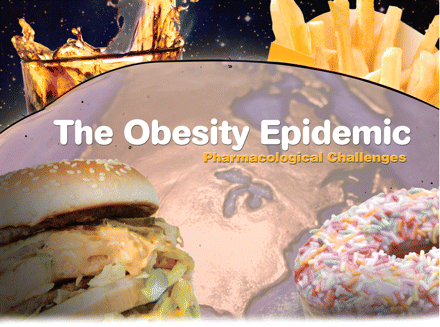The Obesity Epidemic: Pharmacological Challenges
- Stephen R. Bloom1,
- Francis P. Kuhajda2,
- Ismail Laher3,
- Xavier Pi-Sunyer4,
- Gabriele V. Ronnett5,
- Tricia M.M. Tan1 and
- David S. Weigle6
- 1Hammersmith Hospital, Imperial College , London, UK W120NN;
- 2Departments of Pathology, Oncology, and Biological Chemistry, and
- 3Departments of Neuroscience, Neurology, The Johns Hopkins University School of Medicine, Baltimore, MD 21205;
- 4Faculty of Medicine, University of British Columbia, Vancouver, BC, Canada;
- 5St. Luke’s/Roosevelt Hospital, Obesity Research Center, New York, NY 10025;
- 6University of Washington School of Medicine, Harborview Medical Center, Seattle, WA 98104
Abstract
Obesity, defined by a body mass index greater than 30kg/m2, claims an increasing number of lives every year, underscoring a dire need for effective therapeutic interventions. The origins of the obesity epidemic are complex, but commonly cited factors include the large quantities of calorie-rich food that are readily accessible in modern society; eating habits adapted to fast-paced lifestyles; low levels of physical activity; and genetic programs that have evolved, especially in populations prone to famine, to favor the storage of excess calories (i.e., the thrifty-gene theory). It is estimated that more than thirty percent of adults, and about fifteen percent of juveniles, are obese. These high rates have led to dramatic increases in diseases such as type 2 diabetes, cardiovascular and respiratory diseases, depression, and some forms of cancer.

- © American Society for Pharmacology and Experimental Theraputics 2008



